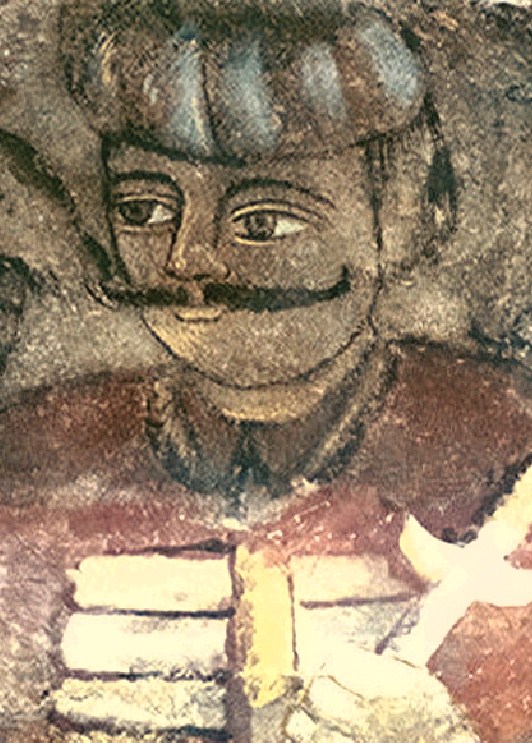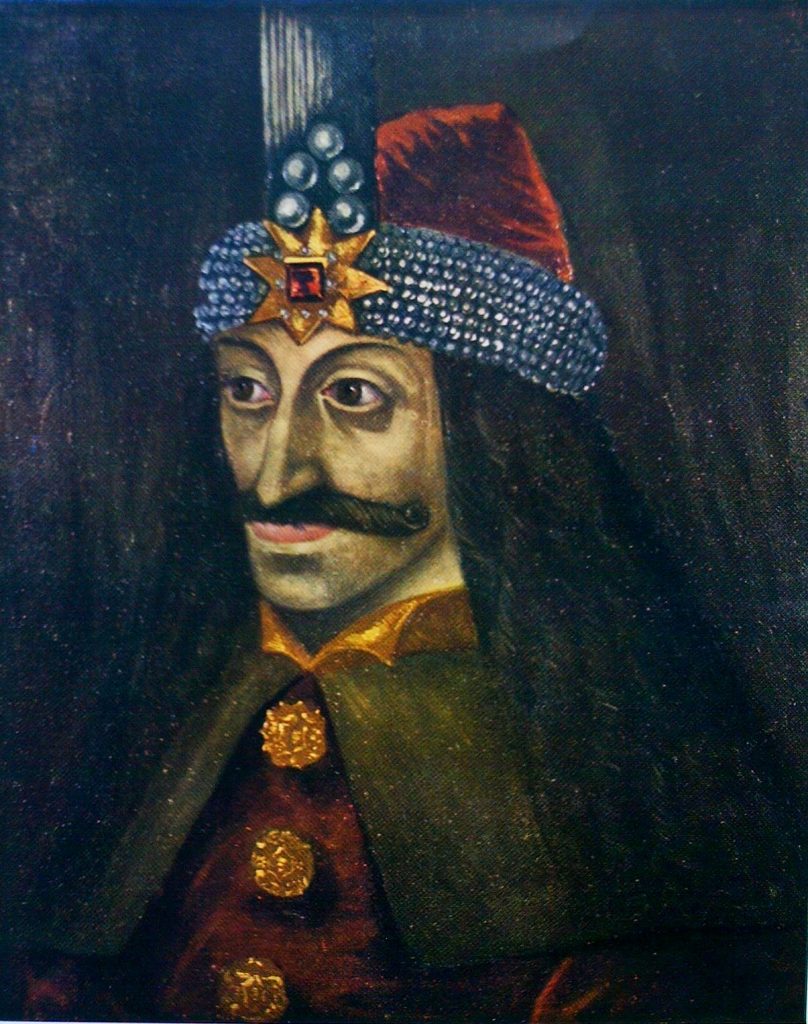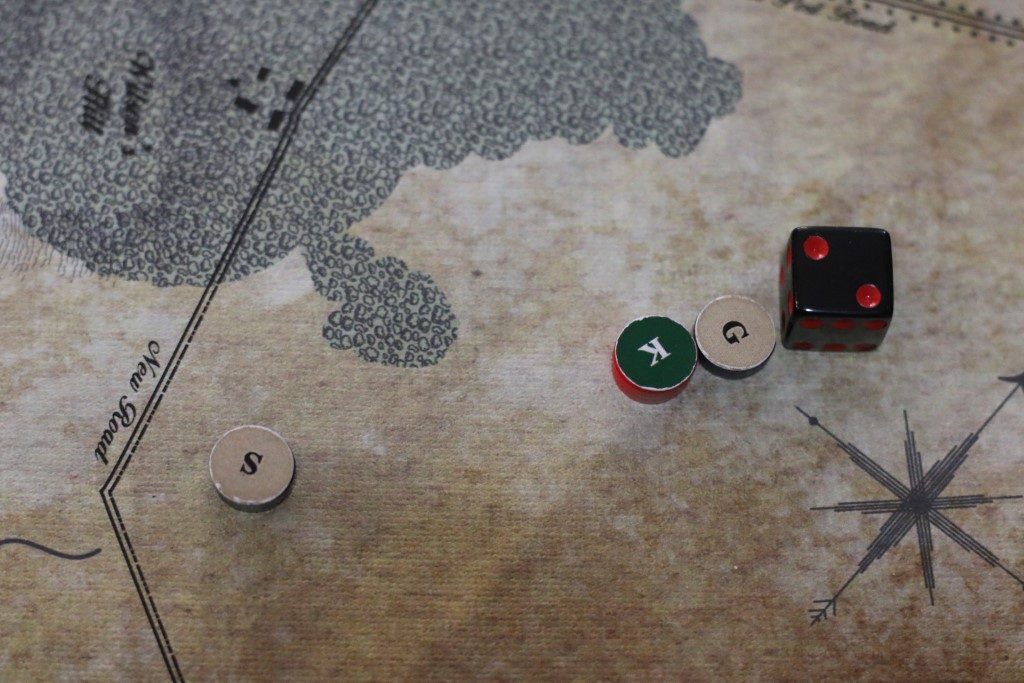What is the difference between wargames and what really happens in war? While working on our new Battle of the Bulge design, I can’t help but notice the impact of unit boundary lines.
Well it’s another cold snowy Sunday. Too miserable to go out. The perfect day to work on our Battle of the Bulge design. Lol… Is that a common wargamer thing or am I just a nut? Do you guys do that too? Play games like Battle of Moscow, Bulge and Austerlitz in the winter? Then Vietnam, Pacific, North Africa in the heat of summer? We need to make a Normandy Pub Battle that you can play at the beach!
I digress. So we are working on our new Bulge game. For a starting map, we just printed off a real military map of the battle. We’ve come up with an OB and made a set of Kriegsspiel blocks set to scale for Divisions.

In the opening turns, 5th Panzer Army in the center, did well and broken open the front easily. 6th Panzer to the north got stalled and bogged down.

As a wargamer, I figured no problem. Next turn, I’ll just reinforce success. I’ll peel all the armor off of 6th Panzer and shift them south. Leave the infantry there to keep slugging away. I don’t want to hold up progress. It is critical to drive as deep and fast as possible in the opening of the operation.
That is all true but there is a huge problem with this in the real world: the unit boundary line. You can’t just randomly send units willy-nilly all over the map on a whim. All of those free SS Panzer Divisions can’t move there. That is out of there area of deployment and chain of command. They are in the 6th Panzer Army. All the openings are in 5th Panzer’s area of operation.
But 5th Panzer doesn’t have enough free units to exploit this opening. I know!! The technical military term for this is: SNAFU, Situation Normal, All F*#%ed Up.
I suppose you could make a shift like this but it would take time. Meetings, order changes, reassignments, etc. By the time you go through all of that, it’s too late. The open door has been shut.
Here is another issue. Look at the German 7th Army down here in the south:

5th Panzer in the center has broken out. They are spread pretty thin and dangerously stretched out. 7th Army is all bottled up. All those units sitting there with nothing to do. Why? Unit boundary line. In fact, look at the unit boundary line drawn for 7th Army. It is the long skinny one drawn at the bottom of the map:

By the way, that is Patton’s 2 Corps sitting off the edge of the map waiting to come in as reinforcements later.
How is 7th Army even supposed to do that? They are supposed to drive long and deep. Fine along what MSR (main supply route)? Look at the terrain. Up and down hills, over rivers, through woods, no we’re not going to grandma’s house. Not a single road to advance along. Luckily most of the Army is infantry. They only have 1 armored division and 1 mech division for support.
Also, look to the south of 7th Army. Clear open sailing! Instead of trying to slog along west, I really wanted to break out south into Luxembourg. Guess what? Can’t. It’s beyond the objective boundary. Sigh.
Who in the world drew this boundary line anyways? Imagine being the 7th Army commander here. I’d be pretty miffed. I would have protested this mission up the chain of command right from the get go. How could 7th Army ever get anywhere with this objective? Of course, protesting the feasibility of orders up the chain, through the German High Command at this time wasn’t very productive.
All of this raises a number of questions:
1) How important is drawing unit boundary lines in orders? Is this seemingly arbitrary task much more critical to the mission success than we realize?
2) Strictly following the historical boundaries at the opening of the Battle of the Bulge seems to have a huge impact. Did these boundary lines doom the operation right from the get go? (in addition to all the other problems working against the Wehrmacht.) Could simply redrawing these lines and adjusting the opening OB create much better German results?
3) What is your experience in real world, military operations with this? Have you seen boundary line issues cause a mission to fail? How much planning, effort and thought is actually put into drawing them? How could this be better?
4) From a game design perspective, should wargames enforce proper phase line and unit boundary limits? Would that make them more accurate and better models? Would that ruin them as games and make them less fun? Would they be more fun?
5) From a military science perspective, what can we learn from wargames? How could this be used in real world command to improve unit performance? Are Phase Lines and Unit Boundaries bad? How could you command and conduct operations without them? What type of command system would it take to allow real world units to freely shift as needed along the front without time delay and confusion?
What are your thoughts? Comment below:









